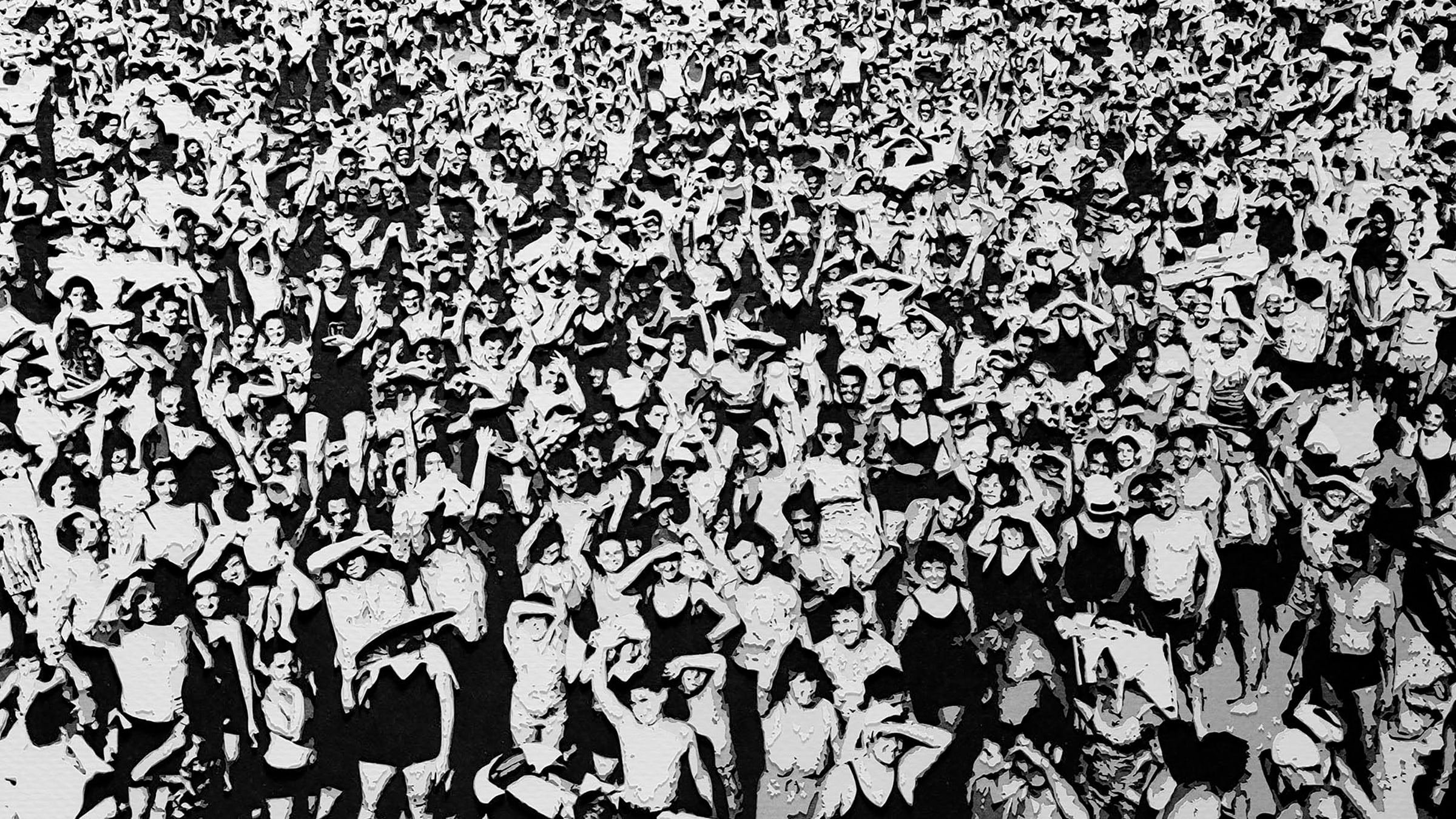Talk
February 22, 2018 / 18:30
Pera Museum presents Nermin Saybaşılı, the final speaker in the talk series organized as a part of Look At Me! Portraits and Other Fictions from the “la Caixa” Contemporary Art exhibition.
“Policy of the face’ starts with the acknowledgment that identity is primarily based on an inter-object relationship with the ‘other’. Giles Deleuze and Felix Guattari interpret subjectification of the individual as the reduction of the head and the body to the face, and define this as faciality. The face is a white wall, however subjectivity is a black hole. A tyrannical power or a watching eye (Religion or State) control and limit the face as a signifier. Philosophers argue that the face should be detached and displaced. The talk attempts to locate the face -the portrait- on a symmetrical topography by suggesting that identity is neither a given nor a constant, on the contrary it is a derivative of the dialog with the other and shared action. The portrait may be a mere surface or even a mask, so is the face that has a soul, which expresses itself through words and actions. ‘LOOK AT ME!’… This definite and strong imperative phrase is looking for its interlocutor or maybe interlocutors. This is the case even if the called and/or expected interlocutor is not there at that time, or even if the interlocutor is the owner of the caller of that phrase. We neither can see the face nor hear the sound of the voice of the owner of that phrase, yet there is a definite demandingness about that call. Since the statement is not fixed with a voice and the meaning with a face, it obliges us to an uncanny present. But, right in the heart of all this ambiguity and chaos there is one thing that is clear: to look and to see, to hear and to listen mean to assume responsibility. The phrase ‘LOOK AT ME!’ hopes and expects not a simple look but an ‘exchange’, because people ‘look face to face’, and exchange looks face to face. Jacques Lacan’s ‘mirror stage’ teaches us that if there is no self before or beyond the image, and if our self awareness is nothing more than an imagination or a fantasy as defined in the more precise jargon of the well-known theory of psychoanalysis, then each self-portrait is inevitably a portrait, and each portrait most definitely a self-portrait.”
Nermin Saybaşılı, is a member of faculty at the Art History Department of Mimar Sinan Fine Arts University. Saybaşılı, received her doctorate on visual culture in Goldsmiths College, University of London. She pursued her studies as a Fulbright scholar in the School of Arts, Columbia University. Her research topics include problematic of visibilities/invisibilities in the regime of visibility in the context of contemporary art and critical theory, the use of voice in installation and video works (human voice, other non-language sounds and music), mobility and anti-geography, urban culture and immigration in the network culture. She publishes articles in international journals and books. Saybaşılı authored two books - Borders and Ghosts: Migration Movements in Visual Culture (Metis, 2011), and Art in the Field: Ethnographic Knowledge in Visual Culture Studies (Metis, 2017).
The talk will take place on the exhibition floor. Free of admissions, drop in. The talk will be in Turkish.
Temporary Exhibition
The exhibition Look At Me! Portraits and Other Fictions from the ”la Caixa” Contemporary Art Collection examined portraiture, one of the oldest artistic genres, through a significant number of works of our times. Paintings, photographs, sculptures and videos shaped a labyrinth of gazes that invite spectators to reflect themselves in the social mirror of portraits.
Click for more information about the exhibition.

Tuesday - Saturday 10:00 - 19:00
Friday 10:00 - 22:00
Sunday 12:00 - 18:00
The museum is closed on Mondays.
On Wednesdays, the students can
visit the museum free of admission.
Full ticket: 300 TL
Discounted: 150 TL
Groups: 200 TL (minimum 10 people)